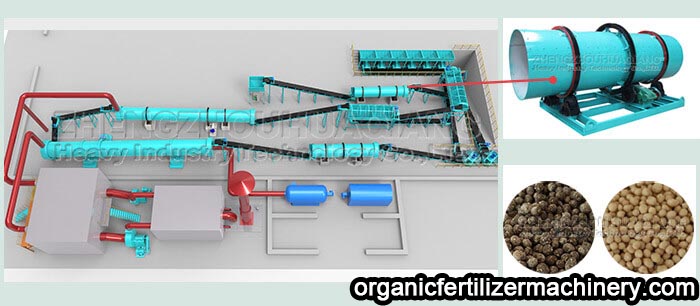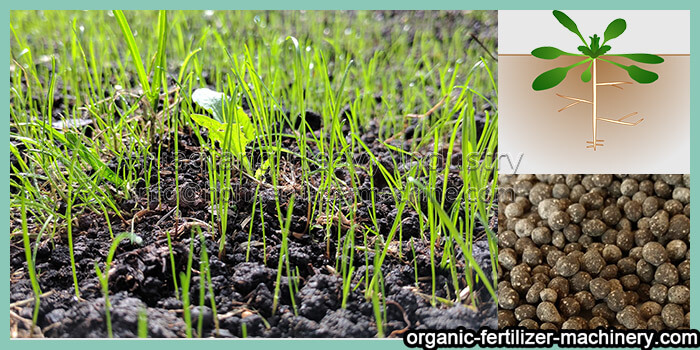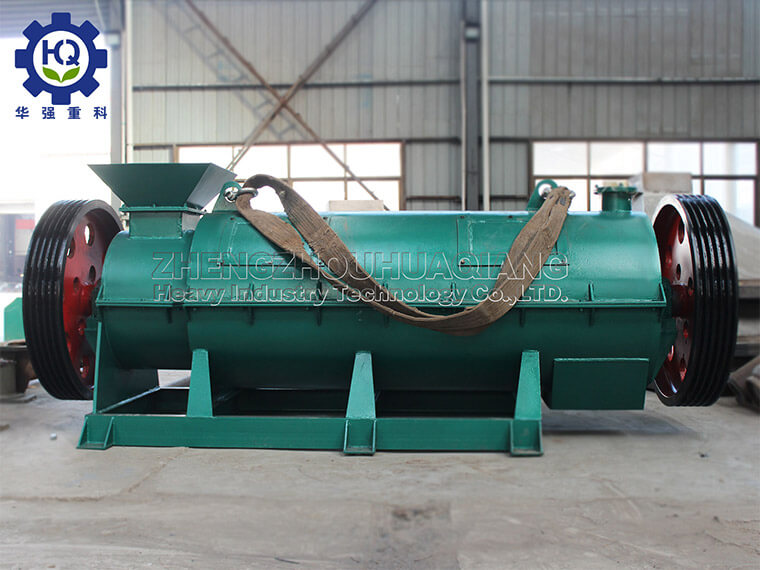How about the bio organic fertilizer production into powdered fertilizer?
Now there are still a lot of breeding enterprises are still waiting and wondering whether adding bio organic fertilizer production equipment will bring benefits to themselves, and whether I have added equipment, but I have no technology and the equipment has become a decoration. In fact, these problems are not problems. You can find a lot of formulas for the production of bio organic fertilizer by random search on the Internet. In addition, some enterprises that do biological organic fertilizer equipment also have many effective formulas. If it is an initial investment, you can first consider the cheap powder line.

Powder bio organic fertilizer production line is relatively low cost of equipment and simple operation. The general steps are fermentation, crushing, stirring and packaging.
1. Fermentation is relatively simple, we generally use the stacking method, so the cost is relatively low, but the disadvantage is that the fermentation is not complete at some time.
2. Grinding will need to use some grinding equipment, generally we are using the semi wet material grinder, this equipment can be moisture in 30-50% of the material evenly crushed, can effectively meet our organic fertilizer standards.
3. The purpose of mixing this equipment is to add some microorganisms and some organic matter to the organic fertilizer and mix them evenly. Adding these things can effectively increase the content of organic matter. Now we mostly use horizontal mixer.
4. Packaging for our finished products convenient storage and transportation.
Using some simple bio organic fertilizer equipment, powdery bio organic fertilizer can turn waste into treasure. For some small and medium-sized breeding enterprises, the investment is relatively small, and the profits are relatively rich!

.jpg)

.jpg)
.jpg)



